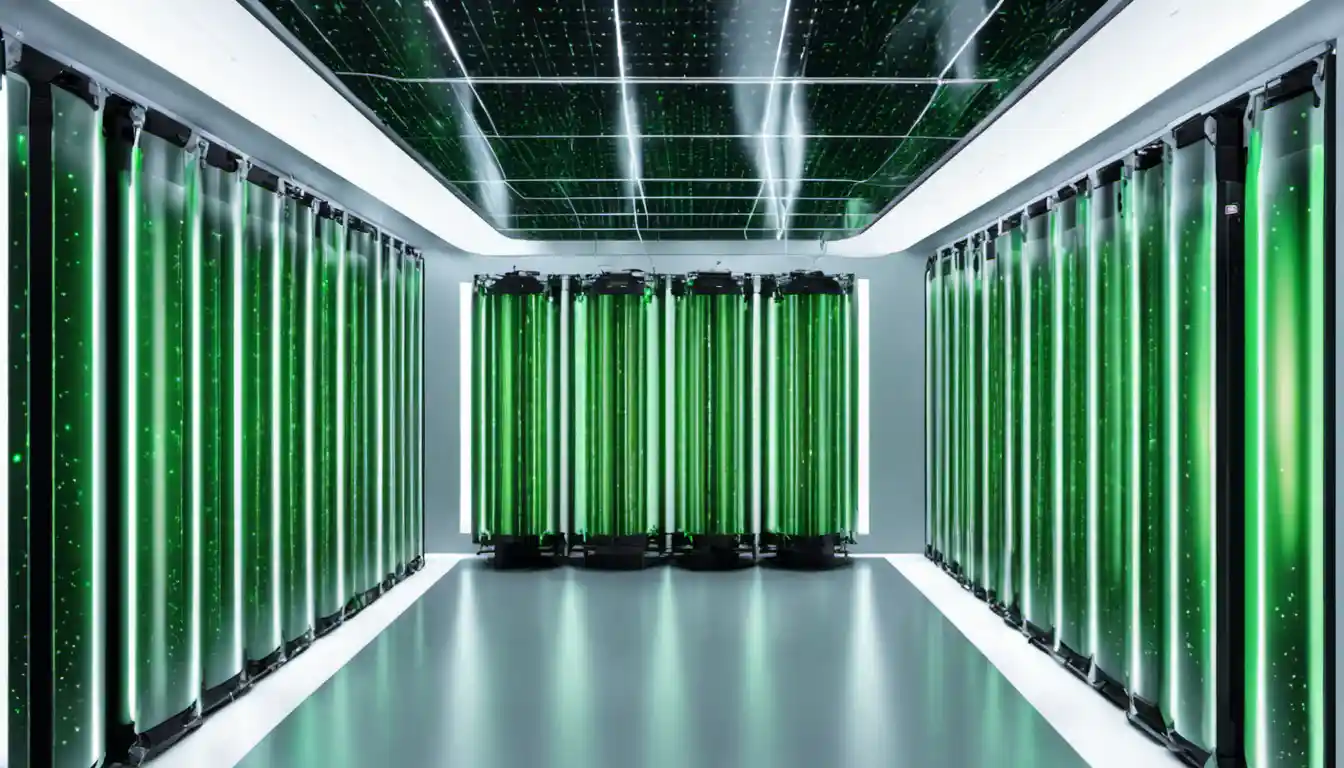Importance of Storing Solar Energy
The cheapest way to store solar energy is typically through the use of solar batteries, such as Tesla’s Powerwall or LG’s Chem RESU. Using net metering or a solar-plus-storage system can also be cheap and effective methods. Costs can depend on local energy prices, available incentives, your specific needs, and the quality of the system.
But why do you even need to store solar energy, you may ask? Picture this: you’ve had a day full of glorious sunshine, your solar panels are buzzing with productivity, and you’ve generated more energy than you can use. Without a solar energy storage system in place, that excess energy would go to waste. Or worse, you could end up buying electricity from the grid on those instances when the sun isn’t shining. Solar energy storage is like having a dependable energy savings account – you deposit when there’s a surplus, and withdraw when demand is high or supply is low.
Understanding Solar Energy Storage
Solar energy storage is quite simple – we’re using advanced technology to capture and hold onto sunlight so we can use it when we need it most. “But wait, Elliot,” I can hear you saying, “How does a solar battery work?” I’m glad you asked! Here’s an article that delves into the details.
Types of Solar Energy Storage

Solar energy storage isn’t one-size-fits-all. Over the years, I’ve learned that various factors influence what kind of storage type is best for different situations, such as location, climate, and individual energy consumption needs. Let’s take a look at some of the most common types.
Solar Batteries
You’re probably already familiar with Lithium-Ion Batteries. They’re in our phones, laptops, and electric cars. They’re also increasingly becoming the go-to choice for solar energy storage, thanks to their long lifespan and high efficiency.
Flooding Lead-Acid Batteries, on the other hand, have been around for a long time and are often cheaper. They’re robust and reliable but require regular maintenance.
Not excited about the maintenance aspect? Gel Lead-Acid Batteries might be a great option. They’re essentially an improved, maintenance-free version of the flooded lead-acid batteries.
There are also Nickel-Cadmium Batteries, which are incredibly durable and resistant to extreme temperatures. They’re more expensive upfront, but their long lifespan could make them a worthwhile investment.
Thermal Energy Storage
Thermal Energy Storage isn’t a battery. Instead, it works by storing excess solar heat that’s used later to produce electricity. It’s a pretty ingenious solution when heating and cooling needs align with sunlight hours.
Mechanical Storage Solutions

These options aren’t as common in residential applications, but I thought I’d mention them for completeness’ sake.
Mechanical solutions such as Pumped Hydro Storage use gravity to store energy. When demand is low, water is pumped uphill into a reservoir. Once the demand is high, the water gets released downhill to spin a turbine and generate electricity.
Compressed Air Energy Storage works similarly but uses air instead of water, while Flywheels store energy in a spinning rotor.
The Cheapest Solutions for Storing Solar Energy
Now that we’ve covered what’s out there let’s drill down to the cheapest ways of storing solar energy and the associated solar energy storage cost.
Lithium-Ion Batteries, while not the least expensive option to set up, offer an excellent balance of cost, life span, and performance. They’re a great all-rounder, but you’d want to run some numbers to make sure they’re the most cost-effective option in the long run.
Lead-Acid Batteries can be a robust, affordable solution for small-scale residential solar systems. They don’t have the lifespan or efficiency of Lithium-ion batteries, but their lower initial price point can be attractive.
For those specializing in larger applications, Flow Batteries and Super Capacitors offer larger capacity options. They’re not typically used in residential applications due to their size and initial cost, but the price per kWh stored can be relatively low.
Lastly, Pumped Hydro Storage and Compressed Air Energy Storage can be cost-competitive, but they require specific geographical features, making them less readily available.
Maximizing Solar Investment: Affordable Energy Storage Alternatives

You don’t always have to break the bank to store solar energy efficiently. Solutions like Fuel Cells can be a viable option if they’re available and make sense for your particular situation. While not traditionally used for storing extra energy, they can be integrated into a solar system to ensure least-cost, around-the-clock power.
Key Takeaways: Understanding the Cheapest Ways to Store Solar Energy
The “cheapest way to store solar energy” will hugely depend on your unique circumstances – how much electricity you use, when you use it, where you live, local incentives, and your budget. What’s cheap for one person might not be cheap for another. But knowing the factors at play can help guide your decision.
Conclusion on Cheap Solar Energy Storage Options
The world of solar energy storage can be complex, but it also presents a universe of possibilities. I hope you’re now empowered with the knowledge to compare your options and find the cheapest way to store solar energy that suits your needs.
Remember, it’s not just about being cheap – it’s about maximizing your investment, being self-sufficient, and paving the way for a sustainable future. Keep shining, and stay energized!



